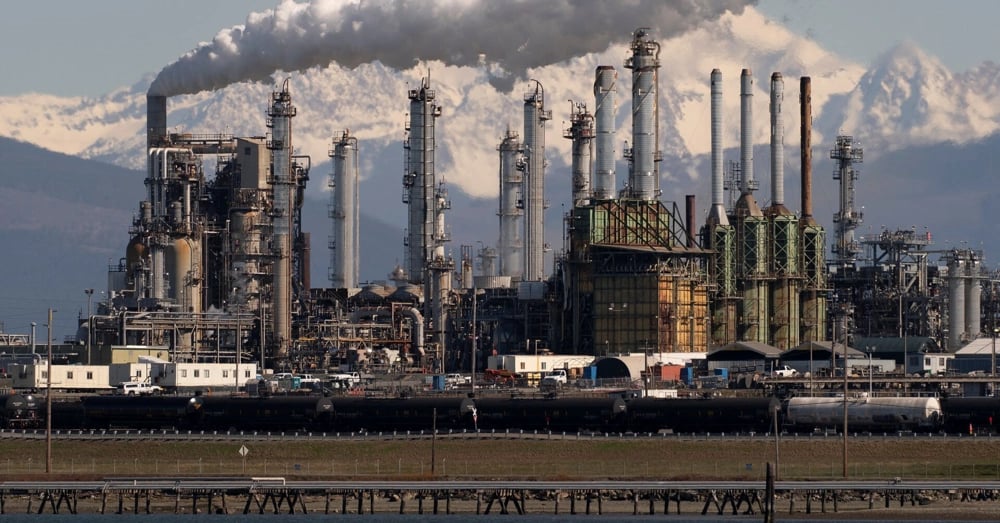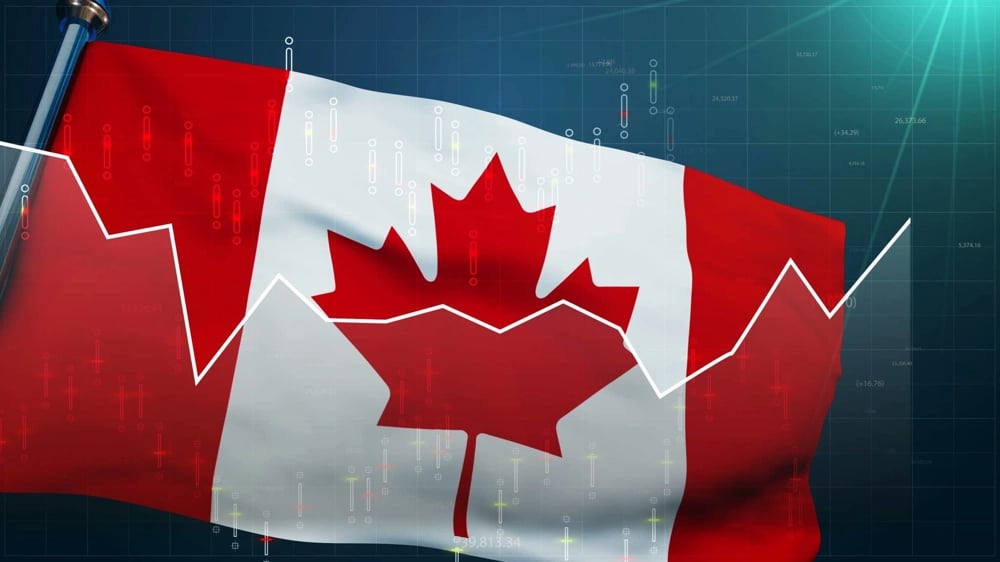Dollar Holds Steady as Fed Decision Looms and U.S.-China Trade Talks Temper Market Anxiety
The U.S. dollar maintained a narrow trading range on Wednesday, reflecting a delicate balance of anticipation and uncertainty ahead of a key Federal Reserve meeting. Investors appeared reluctant to take strong positions as the Fed weighs its next move amid a still-fragile economic outlook. Simultaneously, Asian institutional investors continued divesting from U.S. assets, putting mild downward pressure on the greenback.
Despite last week’s dip in demand for dollars, driven by global capital outflows—particularly from emerging markets with lower yield profiles—the currency remained relatively stable. This reflects a market recalibration as policymakers await more economic clarity before adjusting interest rates further.
Weighing the Crosswinds: Policy, Geopolitics, and Investor Sentiment
Several overlapping forces are shaping current dollar dynamics. While the upcoming Federal Open Market Committee (FOMC) meeting holds significant weight, geopolitical developments are also commanding market attention. The announcement that the United States and China plan to hold trade talks on Saturday offered a reprieve from escalating tensions and helped stabilize global risk sentiment.
According to Tony Sycamore, an analyst at IG, the modest rebound in the dollar is tied to optimism about the forthcoming negotiations. Yet underlying skepticism about the strength of the U.S. economy and persistent concerns over monetary policy direction continue to cast a shadow over the dollar’s outlook.

Key Market Drivers Behind Dollar Stability
Investor positioning ahead of the Fed’s interest rate guidance
Signs of easing trade friction between the U.S. and China
Ongoing capital flight from U.S. markets, especially among Asian investors
Sluggish economic indicators prompting caution from the Fed
Muted inflation data reinforcing the “wait-and-see” approach
Emerging Market Rebalancing and Global Currency Shifts
The recent trend of divestment from U.S.-denominated assets is especially pronounced in emerging economies, where central banks are managing lower yield environments. Capital has increasingly flowed into regional markets perceived as less exposed to U.S. economic volatility or geopolitical friction.
This realignment in global asset allocation reflects a broader sentiment shift. Market participants are reallocating not just for yield, but also in search of relative economic resilience. In this context, the dollar’s stability—rather than strength—has become a more prominent narrative.

Potential Developments to Watch Post-Fed Meeting
Fed Chair Powell’s Guidance on Rate Path Jerome Powell is expected to emphasize the importance of future data before committing to any immediate rate cuts or hikes.
Impact of U.S.-China Trade Dialogue A successful round of discussions may reduce geopolitical risk premiums and improve capital flows into the U.S.
Changes in Dollar Positioning by Sovereign Wealth Funds Trends suggest ongoing rebalancing away from U.S. assets, which could intensify depending on Fed rhetoric.
Reactions from Emerging Market Central Banks Any indication of U.S. policy tightening could prompt defensive moves in Asia and Latin America.
Further Dollar Adjustments Based on Inflation Readings Inflation remains a key variable that could swing Fed expectations and by extension, currency valuations.
Outlook Hinges on Data and Diplomacy
The dollar’s recent performance underscores a market in a holding pattern—sensitive to both macroeconomic signals and geopolitical headlines. With Federal Reserve policymakers maintaining a cautious stance and global investors seeking safer or more rewarding alternatives, the dollar’s fate in the coming months could pivot sharply depending on outcomes from both the Fed’s meeting and U.S.-China trade negotiations.
This inflection point in monetary and trade policy sets the tone for how the dollar will be positioned relative to other major currencies. While the market currently prices in patience from the Fed, any surprises—on rates, inflation, or diplomacy—could reset those expectations quickly.















Comments